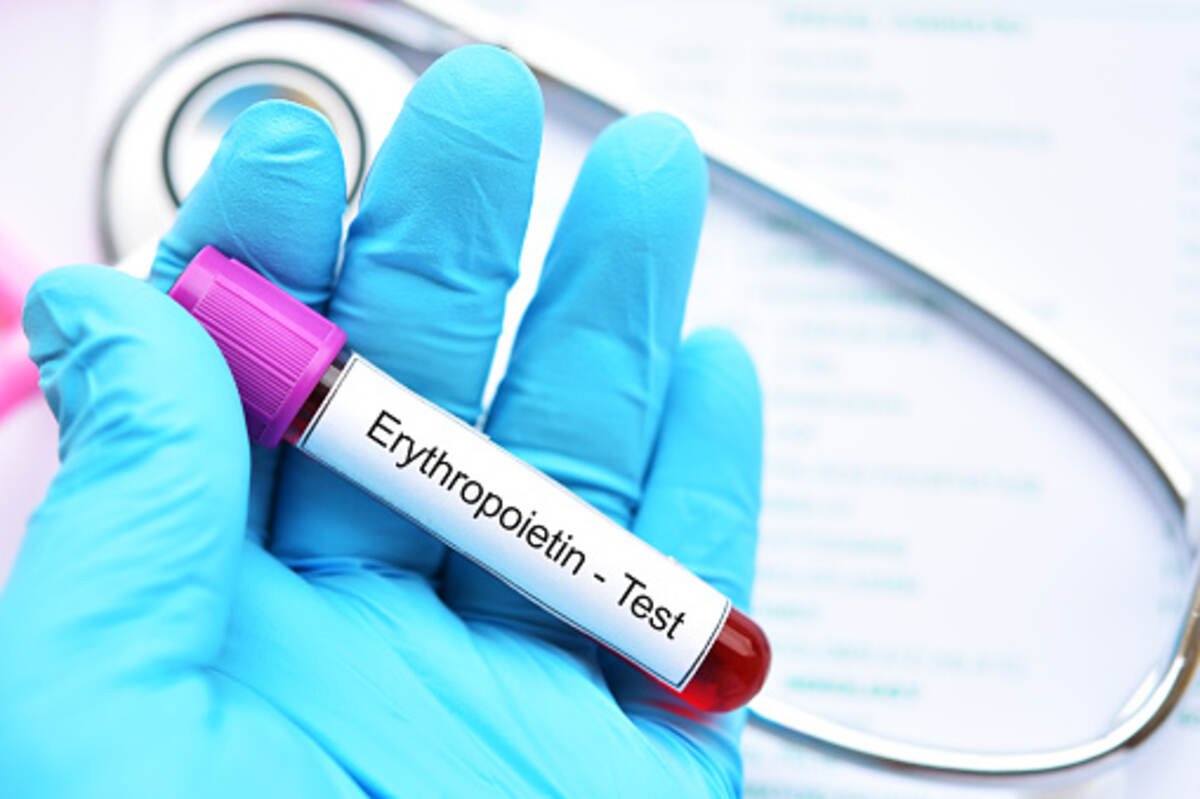Treatments for polycythemia vera
Polycythemia vera is a rare blood disorder in which bone marrow produces excess numbers of red blood cells. These extra blood cells cause the blood to become thick and can cause various problems, including bruising and bleeding. Thick blood can also cause blood clots, which can cause heart attacks and strokes. Treatments for polycythemia vera can reduce the amount of excess red blood cells and ease symptoms. In some cases, blood thinners are also prescribed to restore blood to an average thickness.
Phlebotomy is often the first treatment for polycythemia vera. This procedure involves removing a small amount of blood through a vein, similar to the procedure used for blood donation. The amount of blood drawn will vary from person to person, but it will generally be a pint or less. Sometimes, patients may require a phlebotomy every few days until the red blood cells count drops below a certain level. Patients should also drink plenty of fluids to prevent the symptoms associated with blood loss.
Patients with polycythemia vera must meet the World Health Organization (WHO) criteria to receive treatment. Diagnostic tests will determine the severity of the disease and recommend treatment plans. Treatment plans will depend on the type of blood and other symptoms, the patient’s age, and the type of treatment they need.
Symptoms of polycythemia vera
A person suffering from polycythemia vera may have multiple symptoms. Their skin may be red and itchy and experience pain or burn in the legs or hands. Rarely, they may experience bone pain as well. These symptoms are caused by a blood clot, which can form in any blood vessel. These clots can lead to heart attacks or strokes if not treated in time. They may also block the blood vessels in the liver and cause liver failure.
The condition causes the body to produce too many red blood cells, slows blood flow and leads to increased bleeding. It also thickens the blood, which causes it to become more difficult to flow through the small blood vessels. These extra blood cells can also cause other problems, such as a swollen spleen.
Patients with polycythemia vera should visit their doctor if any of the symptoms change. In general, the disease progresses slowly, and symptoms may not be noticeable until later stages. However, some people with the disease may experience dizziness, fatigue, or even a headache. If these symptoms persist, they may require additional treatment.
While the symptoms are not obvious, they can be severe. The abnormal red blood cells may lead to serious health problems, including the formation of abnormal blood clots and a heart attack. The condition may be life-threatening and should be treated by a doctor as soon as possible.
Blood tests for polycythemia vera
Polycythemia vera is a rare blood disorder that occurs in the bone marrow. Bone marrow is a soft material in the centre of the bones and is where new blood cells grow. The disease starts when a gene malfunctions. The gene in question is called JAK2. The JAK2 gene instructs stem cells to reproduce continually, crowding out normal cells in the bone marrow. The cause of this mutation is unknown.
People with polycythemia vera will often develop symptoms gradually over several years. Some of these symptoms may appear on routine blood tests, leading to a diagnosis. These symptoms include headaches, tiredness, and dizziness. You may want to schedule blood tests and a bone marrow biopsy if you have these symptoms. Once you’ve had these tests, your healthcare team will design a treatment plan. Treatment will vary depending on your age, the type of polycythemia, and the severity of your symptoms.
Treatment for polycythemia vera reduces the red blood cell count and prevents complications. This may involve drug therapy or phlebotomy. However, it may not be suitable for everyone,, and risks are involved.

